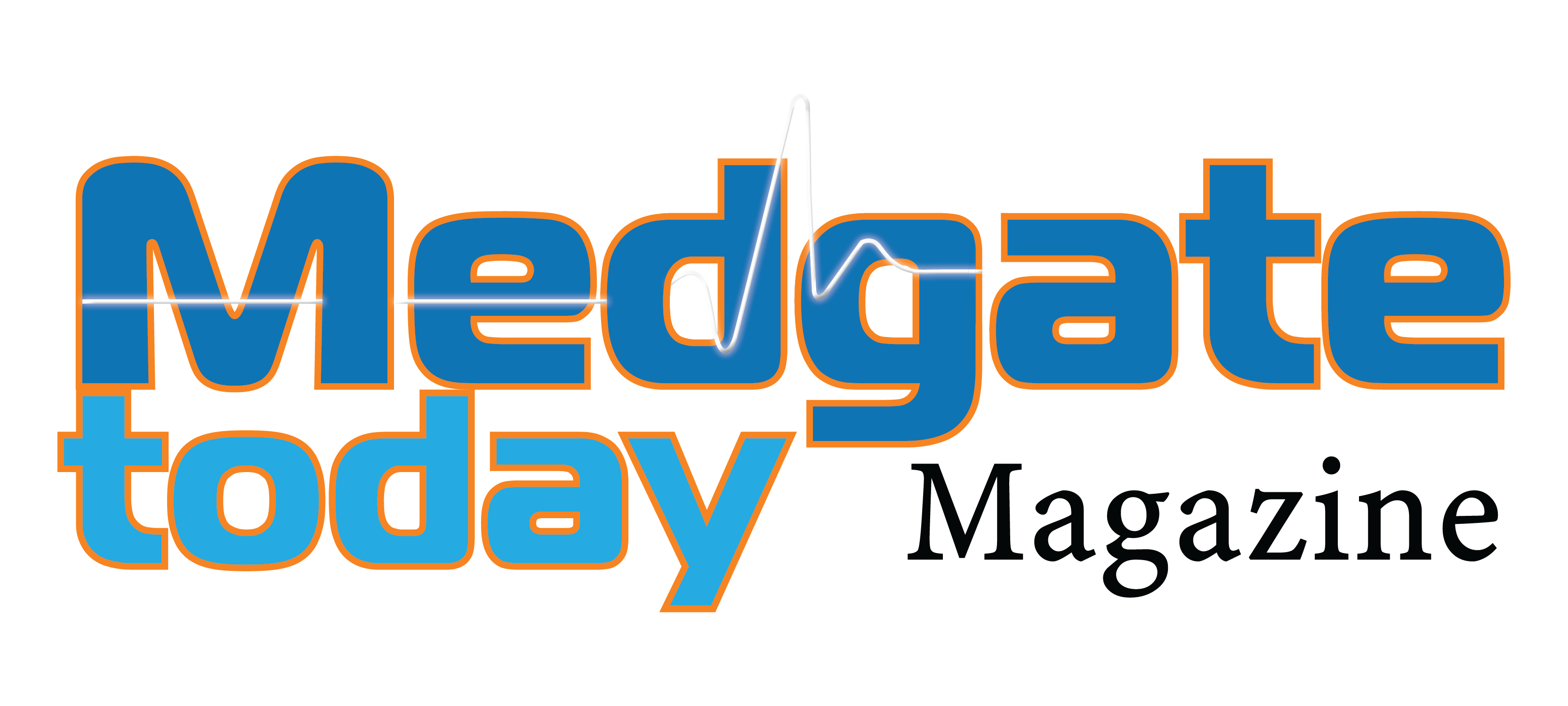How has the healthcare industry transformed during the pandemic?
Ques: How has the healthcare industry transformed during the pandemic? Ans: The pandemic has completely transformed the healthcare industry to cater to patients, and telehealth has risen to play a number of critical roles during the

Ques: How has the healthcare industry transformed during the pandemic?
Ans: The pandemic has completely transformed the healthcare industry to cater to patients, and telehealth has risen to play a number of critical roles during the COVID-19 pandemic. Telehealth has been around for decades, but direct-to-consumer adoption didn’t take off until recently. When most people got sick, they went to the doctor’s office instead of logging on for a video visit — that’s just how it was.
That all changed when the pandemic hit. Medical facilities and private practices worked to decrease exposure of patients to the COVID-19 virus which severely limited in-person visits and no one knew when they’d be able to reopen. In response, telehealth became a turning point for virtual care. Health systems quickly spun up new telehealth solutions or expanded existing programs to ensure continuity of care for their patients.
Telehealth has become essential during the pandemic to:
- Providing primary and urgent care for common ailments like colds and earaches without exposing patients to the coronavirus
- Conducting mental health appointments
- Triaging patients with COVID-19 symptoms from home
- Remotely monitoring patients with chronic conditions like heart disease or diabetes
- Supporting healthy lifestyle changes, such as weight management or medication adherence
With providers now seeing 50 to 175 times more patients via telehealth since the pandemic started, many in the healthcare industry believe that telehealth has evolved more in six months than in the last decade. Virtual visits have played a role in reducing no-shows and appointment cancellations, which cost the industry billions of dollars a year, and nearly 75% of telehealth patients reported high satisfaction with their experience.
Ques: How is Zoom compliant with regulatory standards to provide secure service to the healthcare customers?
Ans: Healthcare providers need to trust in the technology they’re using in order to meet HIPAA standards. In the course of providing services to healthcare customers, the Zoom Platform and Zoom Phone enable HIPAA and SOC-2 compliance to covered entities. Zoom is responsible for enforcing the administrative, technical and physical safeguards to prevent any unauthorized access to or disclosure of protected health information (PHI) in the Zoom environment. Here are just a few safeguards that Zoom follows to secure personal health information (PHI):
- Data in motion is encrypted at the application layer using Advanced Encryption Standard (AES)
- When enabled, Zoom’s advanced chat encryption allows for a secured communication where only the intended recipient can read the secured message
- Other features allow you to control session attendee admittance with individual or group entry, Waiting Rooms, required meeting passcodes, and locked room functionality
Ques: What does it mean for the healthcare sector when you say faster, secure, and real-time collaboration for patient care?
Ans: COVID-19 has presented unique challenges for health providers and the patients that require their services by severely limiting the ability to meet with patients in-person. As coronavirus cases surged, hospitals and medical centers used telehealth for inpatient care as a way to prioritize the safety and well-being of patients and medical staff. This helped them cope up with numerous cases as:
- Virtual rounding reduced the number of frontline workers entering a patient’s room by allowing doctors to see and treat patients from the hallway using mobile devices
- Hospitals could bring in specialists from around the world to virtually consult on a patient’s care
- Family members could stay involved with patient care, ask questions, and communicate virtually with providers
- In the most difficult situations, including end-of-life care, video communications gave family members the ability to spend precious time with their loved ones in the hospital
The demand for telehealth — and the need to be confident when working with data that contains PHI — is increasing. So it’s important for providers and healthcare organizations to have the tools they need to stay connected and compliant, now and in the future. Our platform enhancements are part of our commitment to enabling virtual care delivery, medical innovation, collaboration, education, and research, as unique healthcare applications and use cases continue to evolve.
Ques: Do you think that telehealth has risen to play a number of critical roles during the COVID-19 pandemic?
Ans: Telehealth has helped to reach people directly in their homes during the pandemic and it didn’t just reduce coronavirus spread, it revolutionized the way providers treat patients. Telehealth has helped strengthen public health systems and improve health equity by reaching populations that have long been underserved or struggled with access to care. People living in rural areas, patients lacking reliable transportation or the ability to take time off work, and those with medical conditions that made it difficult to leave the house can now get care when and how it’s most convenient for them.
We don’t know when the COVID-19 pandemic will be over, or what the world will look like once it is. Patients and providers alike are now more familiar and comfortable with telehealth, so it’s hard to imagine asking them to go back to the way things were. The demand for telehealth is only going to grow in the post COVID-19 world and the consumer adoption of telehealth more than tripled from 11% in 2019 to 46% as of April 2020, and Frost & Sullivan predicts the telehealth market will see a sevenfold growth rate by 2025. If you deployed your telehealth program in response to COVID-19, now’s the time to move your approach from reactionary to strategic. Continue to build a competitive program of telehealth capabilities and offerings, enabled by a robust digital platform, to reach more patients
Telehealth will continue to play a major role in a hybrid model of care that emphasizes treating patients where and how they prefer — at home, on the go, or in person. With this shift, the industry will reduce costs, waste fewer resources, increase access to care, and improve patient outcomes in the post COVID-19 world.
Ques: What are the new features that will enable the healthcare customers to communicate even more efficiently with Zoom in the post COVID-19 world?
Ans: Zoom has announced enhanced features for healthcare customers to communicate even more efficiently with the platform. Zoom’s HIPAA-compliant healthcare license has helped providers, hospital administrators, and health systems use video in amazing ways, from conducting virtual doctors’ visits to connecting medical communities. The expanded offering gives healthcare organizations and providers access to more HIPAA-compliant features and capabilities — along with the ability to customize what features you allow or disable within your network.
Organizations with a Zoom for Healthcare license can now access features and products like Zoom Chat, cloud recording for clinical applications, and Zoom Phone under Zoom’s updated business associate agreement (BAA). This means you can leverage more of the Zoom platform, while still maintaining privacy, security, and compliance.
With Zoom’s BAA license, healthcare organizations can:
- Enable Zoom Phone, Zoom cloud VoIP phone solution featuring secure HD voice; call forwarding, recording, and delegation; and voicemail transcription
- Use Zoom Chat to quickly and securely communicate with colleagues, onsite or on the go
- Record Zoom sessions to the cloud
- Provide a secure location for patient health information and reporting on the administrator dashboard
Additionally, administrators have the flexibility to turn these settings on and off at the organization level depending on specific policies. This allows you to give employees what they need when they need it, without worrying about granting access to unnecessary features.
Ques: What does India as a market mean for Zoom?
Ans: India is a very important market for us and there are continued efforts to provide better and seamless services to our users, whether in the government, small or large enterprises, schools, or standalone users. From January to April 2020, Zoom has seen 67 times growth in free user sign ups in India and 4 times growth in paid users with 10 (or more) employees.
Out of our 19 data centers globally, 2 are in India – Mumbai and Hyderabad. We had recently expanded our presence by launching a technology center in Bengaluru where we are recruiting DevOps engineers, IT, Security, and Business Operations headcount.
The Bangalore center will supplement Zoom’s existing R&D centers and support Zoom’s engineering leadership, which is based at its San Jose, California headquarters. We have started supporting the Indian rupee on its platform from last month which will allow it to expand its footprint and reach a bigger audience. These strategic investments represent Zoom’s focus on the market which is one of the most important regions.






